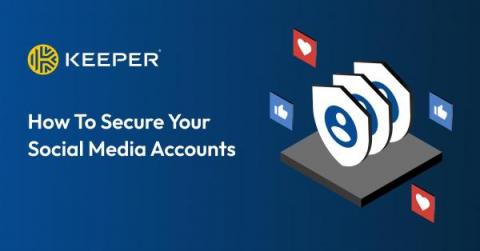LinkedIn Deception: How a Chinese Spy Tricked Thousands of UK Officials
In last few years, cyber espionage has taken a new form. A recent investigation by The Times has unveiled a Chinese intelligence officer's extensive use of LinkedIn to target UK officials. Operating under the alias "Robin Zhang," this spy has been luring thousands of officials, scientists, and academics to hand over state secrets and sensitive technology information.








